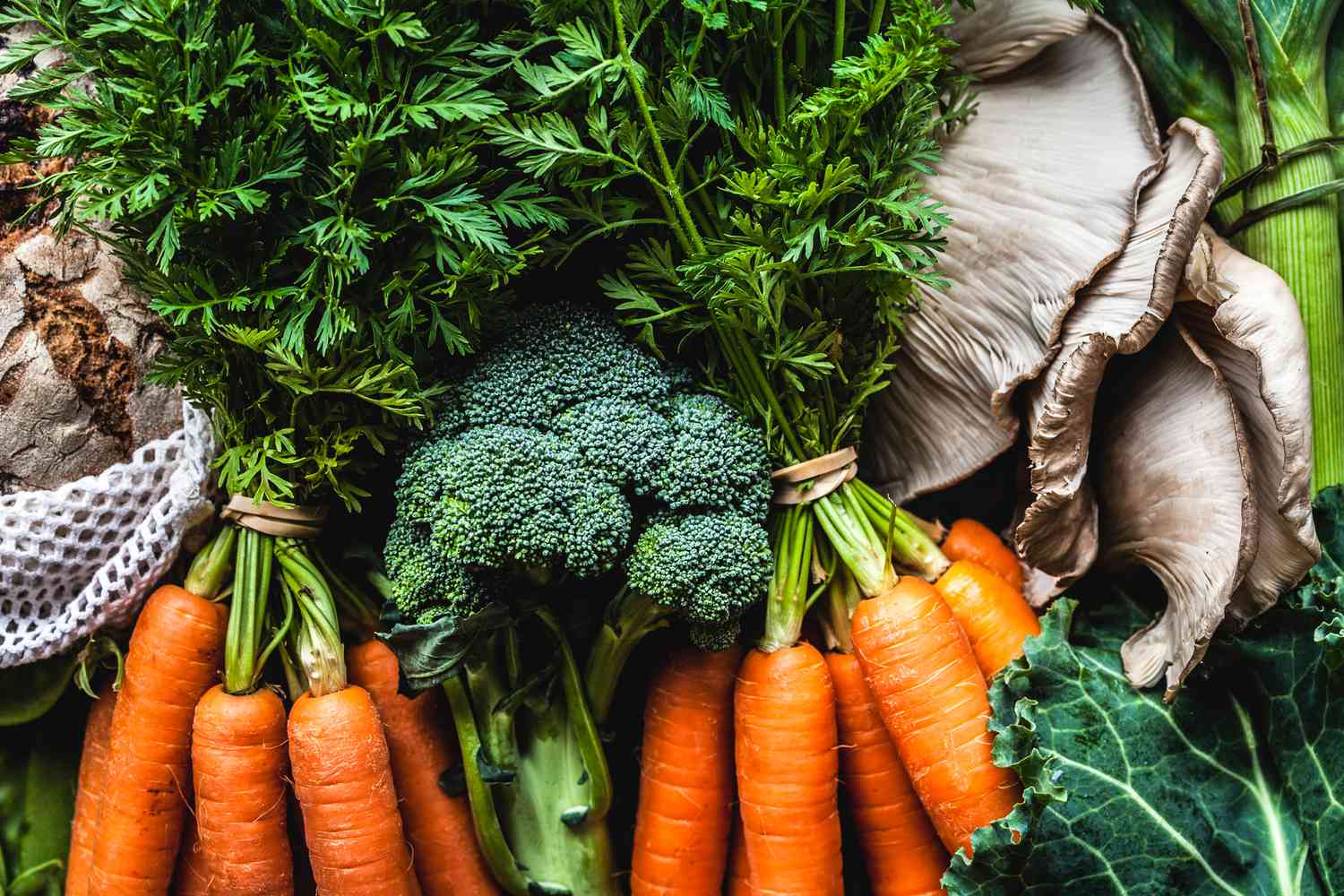Edible flowers not only add vibrant colors and unique flavors to various dishes but also offer a plethora of health benefits. Whether you’re using them in salads, cocktails, or desserts, proper storage is essential to maintain their freshness and visual appeal. In this comprehensive guide, we’ll explore the best methods for storing edible flowers to prolong their shelf life and elevate your culinary creations.
Choosing and Harvesting Edible Flowers
Before delving into storage techniques, it’s crucial to select and harvest your edible flowers with care. Choose blossoms that are freshly opened and free from any signs of wilting or discoloration. Harvest them during the coolest part of the day, such as early morning, to ensure optimal freshness. Select pesticide-free blooms from a reliable source, or if you’re growing them yourself, refrain from using chemicals on your plants to avoid any potential health risks.
Proper Storage Methods
Once you’ve gathered your edible flowers, it’s time to learn how to store them effectively. Using the right techniques can help preserve their delicate flavors and appearance. Here are some tried-and-tested methods for storing edible flowers:
Air-tight Containers With Damp Paper Towels
Place the freshly harvested flowers in an airtight container lined with slightly dampened paper towels. This method helps maintain the blooms’ moisture and prevents wilting. Carefully layer the flowers between the paper towels to avoid any crushing or damage. Store the container in the refrigerator’s crisper drawer to keep the flowers cool and crisp for several days.
Freezing In Ice Cubes
For a visually stunning and convenient storage option, consider freezing your edible flowers in ice cubes. Simply place the blossoms into an ice cube tray, fill it with water, and freeze until solid. These floral ice cubes make for an eye-catching addition to beverages and cocktails while preserving the flowers for extended periods.
Dehydration For Long-term Storage
If you’re looking to store edible flowers for an extended duration, dehydration is an excellent preservation method. Gently remove the petals from the blooms and arrange them in a single layer on a dehydrator tray. Alternatively, you can air-dry them by spreading the petals on a mesh screen in a well-ventilated area away from direct sunlight. Once fully dried, store the petals in airtight containers in a cool, dark place for long-term use in cooking and garnishing.
Key Considerations for Storing Edible Flowers
While the storage methods outlined above can help maintain the quality of your edible flowers, it’s essential to keep certain factors in mind to maximize their freshness:
- Timing: Store edible flowers soon after harvesting for the best results.
- Regular Inspection: Check stored flowers regularly for any signs of wilting or deterioration, and discard any affected blooms promptly.
- Quality Control: Only store flowers that are at their peak freshness and visual appeal to achieve the best results in your culinary creations.
- Labeling: If you’re storing different types of edible flowers, consider labeling the containers to easily differentiate them and ensure accurate usage.
Credit: www.kingarthurbaking.com

Credit: sugarandsparrow.com
Utilizing Stored Edible Flowers
Once you’ve successfully stored your edible flowers using the appropriate methods, it’s time to unleash your creativity in the kitchen and beyond. Here are some inspiring ideas for using stored edible flowers:
- Garnishing: Sprinkle fresh or dried edible flower petals over salads, pastries, and desserts to add a touch of elegance and delightful flavors.
- Infusions: Create floral-infused syrups, oils, and vinegars by incorporating stored blossoms into these liquid bases for an extra layer of aroma and taste.
- Creative Cocktails: Elevate your mixology skills by using frozen flower ice cubes or delicately floating blossoms on top of cocktails for a visually stunning presentation.
- Baking: Experiment with incorporating edible flowers into baked goods, such as cakes, biscuits, and bread, for an artistic and aromatic twist.
Frequently Asked Questions On How To Store Edible Flowers: Easy Tips For Long-lasting Freshness
What Are Edible Flowers?
Edible flowers are flowers that can be consumed safely and are typically used to add flavor, color, and garnish to various culinary dishes.
Which Types Of Flowers Are Edible?
There are several types of edible flowers, including roses, pansies, lavender, marigolds, and violets. However, it is crucial to ensure that the flowers are free from pesticides and other harmful chemicals before consumption.
How Should Edible Flowers Be Stored?
To store edible flowers, gently wash them in cool water and pat dry using a paper towel. Next, place the flowers in a sealed container lined with damp paper towels to maintain their freshness. Store them in the refrigerator for up to a week.
Can Edible Flowers Be Frozen?
Yes, edible flowers can be frozen to extend their shelf life. Before freezing, make sure to remove any excess moisture from the flowers by blotting them with a paper towel. Place the flowers in an airtight container or freezer bag and store them in the freezer for up to three months.
Conclusion
Storing edible flowers doesn’t just extend their shelf life; it opens up a world of culinary possibilities, allowing you to infuse your dishes and drinks with captivating colors and flavors. By following the proper storage methods and considering essential factors, you can ensure that your edible flowers remain fresh, vibrant, and ready to enhance the visual and gustatory appeal of your culinary creations.
